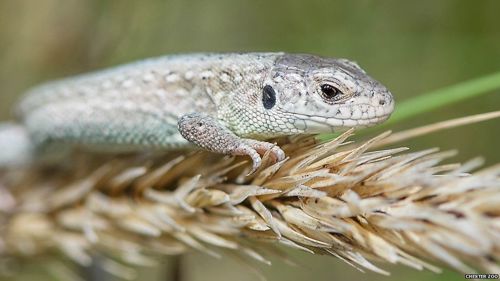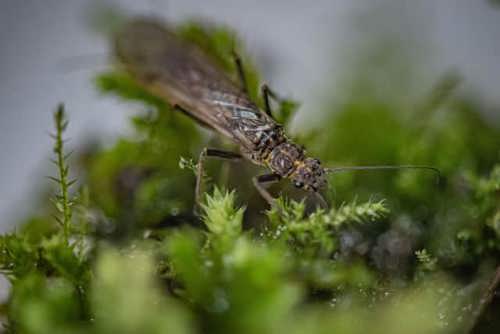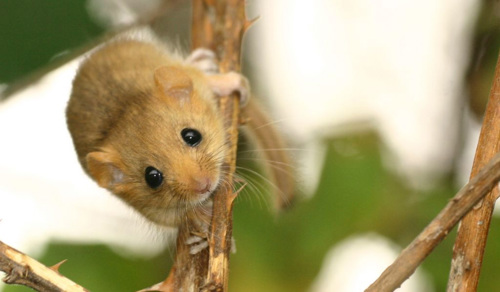From ancient coastlines overflowing with seabirds to misty valleys harbouring hidden species, each corner of Wales offers a unique variety of native wildlife. And we’ve been working there for years to help protect some of their most precious species.
Reintroducing one of the rarest reptiles in the UK
The sand lizard is one of the most endangered reptiles in Britain and was believed to have gone extinct in Wales in the 1950’s. However, our conservationists have been supporting a reintroduction programme since 1994 to help save them from the brink of extinction.
This unique, egg-laying lizard experienced catastrophic declines in numbers following the severe loss and fragmentation of the sandy areas it calls home. After a carefully planned breeding programme at the zoo, we worked with several partners, including
Natural England,
the Amphibian and Reptile Conservation Charity,
the Herpetological Conservation Trust, and
Natural Resources Wales, to reintroduce sand lizards back to their native habitat.
By boosting the wild population of this special reptile, we’ve provided them with an opportunity to thrive again along Wales’s sun-kissed sand dunes.
Saving the hidden tree of the Great Orme
Did you know there’s a tree species that’s found nowhere else on the planet other than the exposed, isolated cliff faces of the Great Orme, Llandudno? Wild Cotoneaster (Cotoneaster cambricus) is a beautiful, incredibly rare shrub that produces pink-white flowers and brightly coloured red/orange berries. It was widespread across the Great Orme in the 1700s but, as a result of people collecting too many due to their rarity, their numbers dropped to just six individual plants.
Our plant conservationists have been cultivating them in our nursery at the zoo and replanting individuals back into their wild home. Read about the success of this project below.
Read more
Returning pine martens to Welsh woodlands
We’ve been working to reverse the decline of this iconic woodland species in Wales for over eight years. While the elusive pine marten is now thriving in Scottish woodlands, populations in Wales and England are on the edge of extinction. Over eight years ago, we joined the
Pine Marten Recovery Project to help reverse this and bring self-sustaining populations back to these countries.
The project, led by
The Vincent Wildlife Trust, successfully relocated 51 pine martens from the Scottish Highlands into forests in mid-Wales from 2015 to 2018. And, excitingly, the new wild population gave birth to many offspring in the years following their
introduction. We’ve been at the forefront of this conservation success story, and hope to see the beautiful and rare pine marten thrive across woodlands in Wales for years to come thanks to the incredible efforts of this multi-partner project.
Rediscovering an extinct species
The yellow sally stonefly was thought to be extinct in the UK and hadn’t been seen in Wales since 1995. However, in 2022, a chance discovery in the River Dee, North Wales, led to a desperate mission to rescue them from extinction.
Working together with
Buglife Cymru,
The Welsh Dee Trust, and a freshwater invertebrate specialist, we carefully collected 30 individuals from this site and transferred them to our specialist facilities here at the zoo.After meticulously studying the lives of these stoneflies, our incredible team went on to achieve the first successful breeding of this critically endangered species in Europe.
Over a decade of research on the hazel dormouse
Our research project on the hazel dormouse in Denbighshire, North Wales, is the largest of its kind in the UK. For more than a decade, we’ve been microchipping and studying the dormouse population in this area with Natural Resources Wales, helping to uncover the secret lives of these unique little mammals.
We’ve discovered unique behaviours that were never before recorded in the UK
, such as females producing two litters. With dormice numbers having dropped by 70% this century, mainly due to the loss of suitable woodland habitat, projects like this provide vital information to help save this flagship species before it’s too late.



